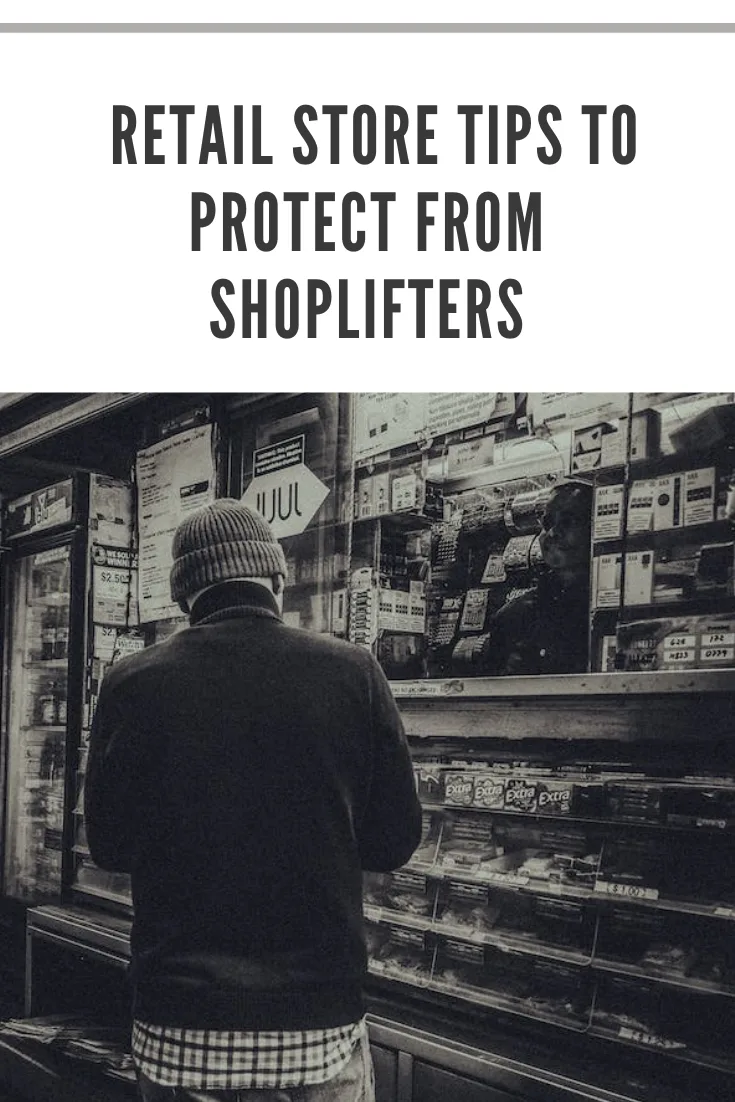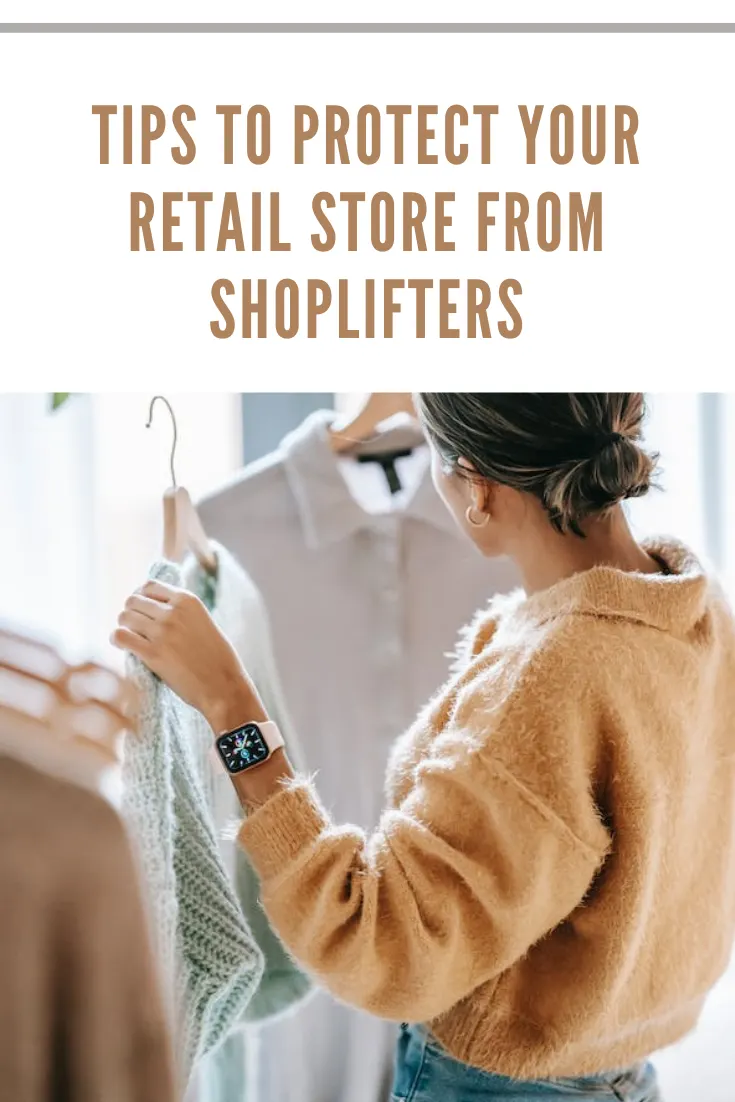Shoplifters are a severe problem for retail stores and can lead to significant losses in profits. To protect your store from shoplifters, you need to be aware of their techniques and take measures to protect your inventory. Here are five ways to protect your retail store from shoplifters.
Install Cameras and Visible Alarms
Cameras serve as a visual deterrent to potential thieves. They can also be used to identify and prosecute shoplifters after the fact. Place cameras in strategic locations throughout your store, and make sure they’re highly visible. Cameras will remind would-be thieves that they’re being watched and that there’s a risk of getting caught. On your part, surveillance cameras can help you keep an eye on your employees and customers. It’s best to have someone monitor the footage live, but if that’s not possible, review it regularly.
Alarms are another visual deterrent that can help discourage shoplifters. Place alarms on or near exit doors and other places where shoplifters are likely to try to make their escape. When the alarm sounds, it will startle potential thieves and let them know they’ve been detected. Place security tags on your items so the alarm will sound when shoplifters try to remove them from the store.

Train Your Employees
Your employees are your first line of defense against shoplifting. They should be trained to be alert and observant, looking for suspicious behavior, like people who seem nervous or wear bulky clothing. Employees should also know what to do if they witness a shoplifting attempt in progress. Training could involve having employees shadow loss prevention staff, attending workshops, or watching educational videos.
In addition to being trained in detecting and dealing with shoplifting, your employees should also be familiar with your store’s policies on handling shoplifters. They should know when to call the police and detain a suspected shoplifter until the police arrive.

Use Anti-Theft Devices
A must-have also in your store are anti-theft devices. Standard anti-theft devices include security tags, mirrors, and locked cases placed on items in the store and set off an alarm if they’re removed without being deactivated first. Security tags can be attached to clothing or other easily-concealed items; if someone tries to remove the tag without deactivating it first, an alarm will sound.
Locking devices can also physically secure high-value items susceptible to theft. You can use cables for electronic items like laptops and mobile phones. You can use a cylinder lock to secure valuable items like jewelry for your cabinet displays. Make sure to keep the keys in a safe place where only authorized personnel can access them.
Placing mirrors in strategic locations can also help with loss prevention, allowing store employees to see what’s happening in hard-to-see areas. Mirrors can also create the illusion of more security personnel on the premises.
Be Smart About Merchandise Placement
Your store layout can also impact shoplifting; items out in the open are less likely to be stolen than those hidden away or difficult to reach. Use shelves and racks instead of pile displays whenever possible, and consider using locked cases for small, high-value items. Keep track of inventory levels electronically, so you’ll know when something has gone missing.
A good strategy will be to place the more expensive and easily-stolen items near the register, where they can be better monitored. Keep a close eye on areas with a lot of foot traffic, like the entrance and exit. Avoid putting items near the doors, where they can easily be grabbed and taken out of the store.

Know Your Customers
Searching for every customer before they leave is impossible. However, you can help prevent shoplifting by knowing who belongs in your store, especially in places designated as “Authorized Personnel Only” zones. If you see someone hanging around who doesn’t seem to be shopping, ask them if they need help finding anything; if they don’t and they start acting suspiciously, you can keep an eye on them or ask them to leave.
You should also be familiar with your regular customers and their shopping habits. Suppose someone’s behavior changes suddenly or starts paying more attention to items near the exit. In that case, they might be planning to shoplift. Be alert for people trying to distract employees or create a disturbance; this can be a tactic to distract employees so that someone else can steal something.
If you have security guards or loss prevention staff, they should be familiar with the layout of your store and where all the exits are. They should also know about blind spots, like areas that aren’t visible from the security cameras. Make sure that they patrol these areas regularly.
If you suspect that someone is shoplifting, the best thing to do is to call the police. Do not try to apprehend the alleged shoplifter yourself; this can be dangerous, especially if they carry a weapon. Let the professionals handle it.

Simple Precautions Won’t Harm
Shoplifting is a severe problem for retail businesses. Still, there are steps you can take to deter thieves and make it more difficult for them to steal from you. Taking simple precautions can help keep your store safe from criminals and protect your bottom line.
